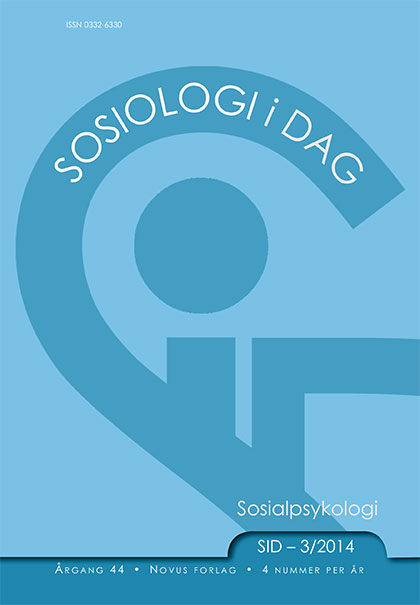Sammendrag
Artikkelen tar utgangspunkt i at steder og anledninger til å treffe en partner endrer seg gjennom modernisering. Hva betyr det for partnervalg og samlivskvalitet at møtestedene endrer karakter? Spørsmålet belyses gjennom eksempler fra livshistoriene til kvinner i Norge som etablerte samliv på 1960- og 70-tallet. Fortellingene tyder på at de som traff ektefellen blant naboer eller skolekamerater på hjemstedet hadde varige og gode parforhold, mens kvinner som hadde flyttet ut og traff mannen sin i et offentlig byrom, forteller om store utfordringer i samlivet. Møtesteder og samlivskvalitet diskuteres i lys av teori om stedsforankring, sosiale fellesskap og sosialpsykologiske perspektiver på homogami.Authors who publish with this journal agree to the following terms:
Â
- Authors retain copyright and grant the journal right of first publication, with the work 1 year after publication simultaneously licensed under a Creative Commons Attribution License that allows others to share the work with an acknowledgement of the work's authorship and initial publication in this journal.
- Authors are able to enter into separate, additional contractual arrangements for the non-exclusive distribution of the journal's published version of the work (e.g., post it to an institutional repository or publish it in a book), with an acknowledgement of its initial publication in this journal.
